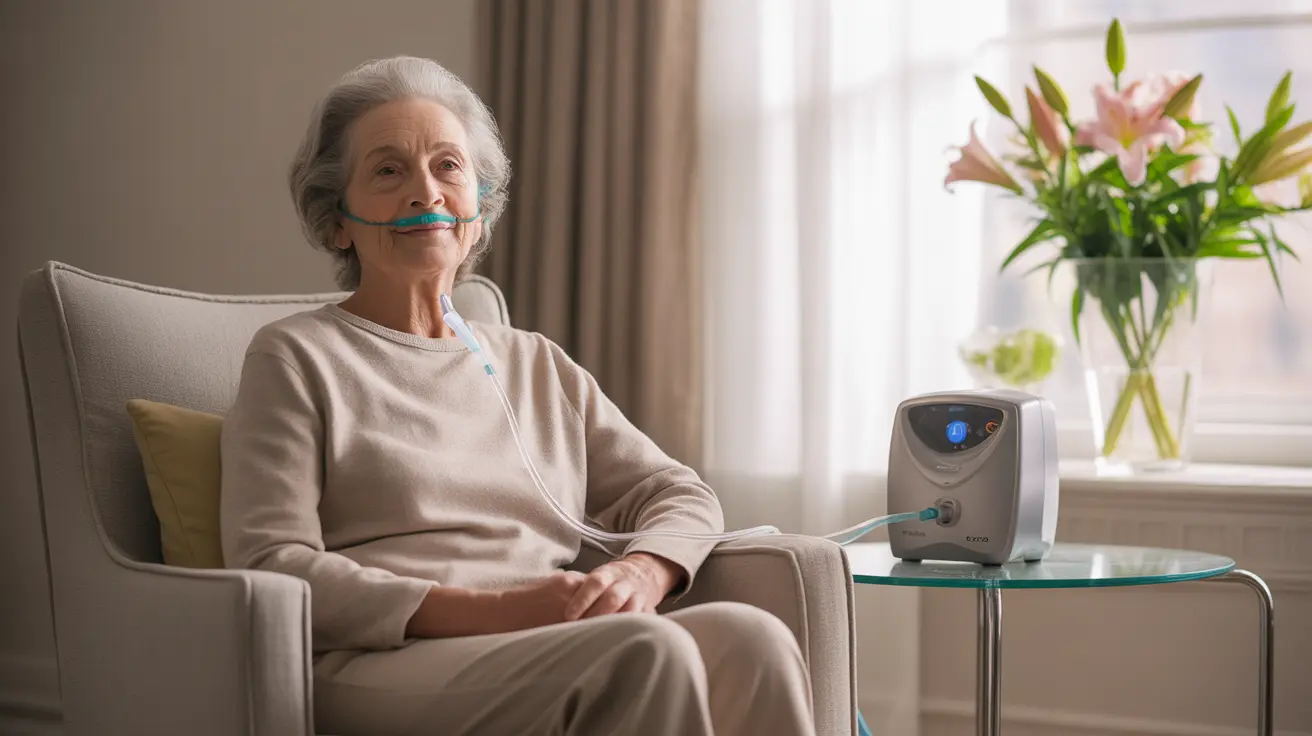Oxygen therapy is a crucial medical treatment that provides supplemental oxygen to patients who cannot get enough oxygen on their own. This life-saving intervention helps people with various respiratory conditions and other medical issues maintain adequate oxygen levels in their blood, improving their quality of life and overall health outcomes.
Whether delivered through a simple nasal cannula at home or administered in a specialized hyperbaric chamber, oxygen therapy plays a vital role in modern medicine. Understanding how it works, who needs it, and how to use it safely can help patients and caregivers make informed decisions about their treatment.
Types of Oxygen Therapy
There are several methods of delivering oxygen therapy, each suited to different medical needs and situations:
Traditional Oxygen Delivery Systems
Traditional oxygen therapy typically involves:
- Nasal cannulas
- Face masks
- Non-rebreather masks
- Oxygen concentrators
- Portable oxygen tanks
Hyperbaric Oxygen Therapy (HBOT)
This specialized form of oxygen therapy takes place in a pressurized chamber where patients breathe pure oxygen at pressures higher than normal atmospheric pressure. HBOT is used for specific conditions such as decompression sickness, severe infections, and wound healing.
Medical Conditions Requiring Oxygen Therapy
Several medical conditions may necessitate oxygen therapy:
- Chronic Obstructive Pulmonary Disease (COPD)
- Pneumonia
- Severe asthma
- Sleep apnea
- Heart failure
- Cystic fibrosis
- COVID-19 complications
Benefits and Effectiveness
Oxygen therapy can provide numerous benefits when properly prescribed and administered:
- Improved breathing and reduced shortness of breath
- Better sleep quality
- Increased energy levels
- Enhanced exercise tolerance
- Improved cognitive function
- Better organ function
- Reduced strain on the heart
Monitoring and Assessment
Healthcare providers use various methods to determine if a patient needs oxygen therapy:
- Pulse oximetry readings
- Arterial blood gas tests
- Exercise testing
- Sleep studies
- Regular medical assessments
Safety Guidelines and Best Practices
Following proper safety protocols is essential when using oxygen therapy:
- Keep oxygen sources away from heat and flame
- No smoking in areas where oxygen is in use
- Regular equipment maintenance and cleaning
- Proper storage of oxygen tanks
- Following prescribed flow rates
- Having backup power sources for equipment
- Regular monitoring of oxygen levels
Frequently Asked Questions
What medical conditions commonly require oxygen therapy and how does it help? Oxygen therapy is commonly required for conditions like COPD, pneumonia, severe asthma, and heart failure. It helps by increasing oxygen levels in the blood, reducing strain on organs, and improving overall function and quality of life.
How is oxygen therapy delivered and what are the differences between home oxygen and hyperbaric oxygen therapy? Home oxygen therapy is typically delivered through nasal cannulas or masks connected to oxygen tanks or concentrators. Hyperbaric oxygen therapy occurs in a pressurized chamber where patients breathe 100% oxygen at higher pressures, typically used for specific conditions like wound healing or decompression sickness.
What are the common side effects and risks associated with oxygen therapy, especially hyperbaric oxygen treatment? Common side effects can include dry nose and throat, morning headaches, and fatigue. Hyperbaric oxygen therapy may cause additional risks such as ear pressure, temporary vision changes, and in rare cases, oxygen toxicity.
How do I know if I need oxygen therapy during sleep or physical activity? Your healthcare provider will determine your need through various tests, including pulse oximetry, sleep studies, and exercise testing. If your oxygen levels consistently fall below normal ranges during these activities, oxygen therapy may be prescribed.
What safety precautions and guidelines should be followed when using oxygen therapy at home or in a hyperbaric chamber? Essential safety measures include keeping oxygen away from heat sources and open flames, maintaining equipment properly, following prescribed flow rates, ensuring proper ventilation, and having emergency backup systems in place. For hyperbaric chambers, additional safety protocols and medical supervision are required.




